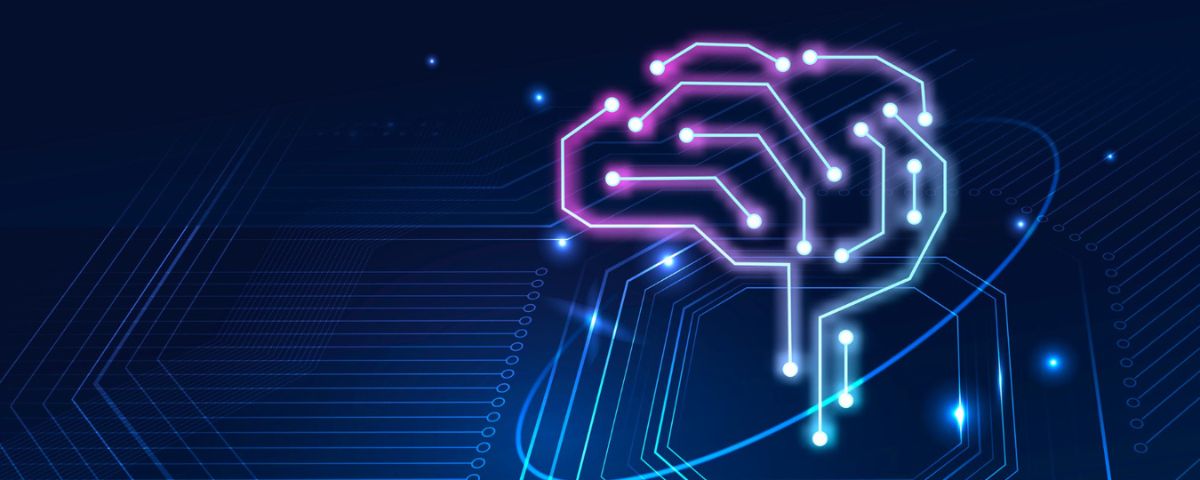
In the ever-evolving landscape of technology, two transformative forces—Artificial Intelligence (AI) and 5G networks—are converging to shape the future of connectivity and innovation. The integration of AI with 5G technology holds the promise of unlocking unprecedented possibilities across various industries, revolutionizing the way we communicate, work, and live. This blog explores the synergies between AI and 5G, delving into the potential applications, benefits, and the transformative impact on our daily lives.
The Power of 5G Networks
Before delving into the role of AI, it’s crucial to understand the significance of 5G networks. The fifth-generation wireless technology, or 5G, represents a paradigm shift in connectivity, offering faster data speeds, lower latency, and the ability to connect a massive number of devices simultaneously. This enhanced network capability is a game-changer, paving the way for innovations that were once considered futuristic.
AI Meets 5G: A Perfect Union
1. Ultra-Fast Data Processing:
– 5G’s ultra-fast data speeds enable quick transmission of vast amounts of data.
– AI algorithms benefit from this speed, allowing for rapid processing and analysis of data in real-time.
2. Low Latency for Real-Time Applications:
– The low latency of 5G, often in the milliseconds, is crucial for real-time applications.
– AI applications, such as autonomous vehicles and remote surgery, thrive on minimal latency, ensuring swift decision-making.
3. Massive IoT Connectivity:
– 5G’s capacity to connect a massive number of devices simultaneously is ideal for the Internet of Things (IoT).
– AI algorithms leverage the data generated by IoT devices, facilitating smarter automation and decision-making.
4. AI-Enhanced Network Management:
– AI plays a pivotal role in optimizing and managing 5G networks.
– Dynamic resource allocation, predictive maintenance, and network optimization are areas where AI contributes to the efficiency of 5G infrastructure.
Applications Across Industries
1. Healthcare:
– AI-powered diagnostics and remote patient monitoring enabled by 5G enhance healthcare delivery.
– Surgeons can perform procedures remotely with minimal latency, revolutionizing telemedicine.
2. Autonomous Vehicles:
– 5G’s low latency is critical for the real-time communication needed in autonomous driving.
– AI algorithms process data from sensors and make split-second decisions for safe navigation.
3. Smart Cities:
– AI and 5G enable smart city applications such as traffic management, waste management, and public safety.
– Connected sensors and devices powered by AI optimize urban living.
4. Education:
– Virtual and augmented reality applications in education benefit from 5G’s high-speed, low-latency connectivity.
– AI-driven personalized learning experiences become more accessible.
Challenges and Considerations
While the fusion of AI and 5G holds immense potential, it also presents challenges, including privacy concerns, cybersecurity risks, and the need for robust regulatory frameworks. Striking a balance between innovation and ethical considerations is paramount to harnessing the full potential of this transformative synergy.
As we stand at the crossroads of AI and 5G technology, the possibilities are boundless. The combined force of ultra-fast connectivity and intelligent algorithms is reshaping industries and creating opportunities for unprecedented innovation. From healthcare to transportation, education to smart cities, the collaboration between AI and 5G is set to redefine the way we experience and interact with the world. Embracing this synergy responsibly will pave the way for a connected future where the unimaginable becomes reality.



